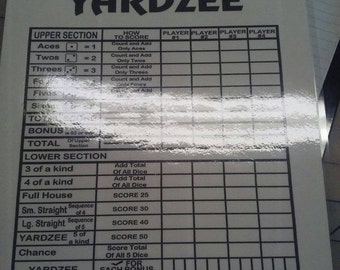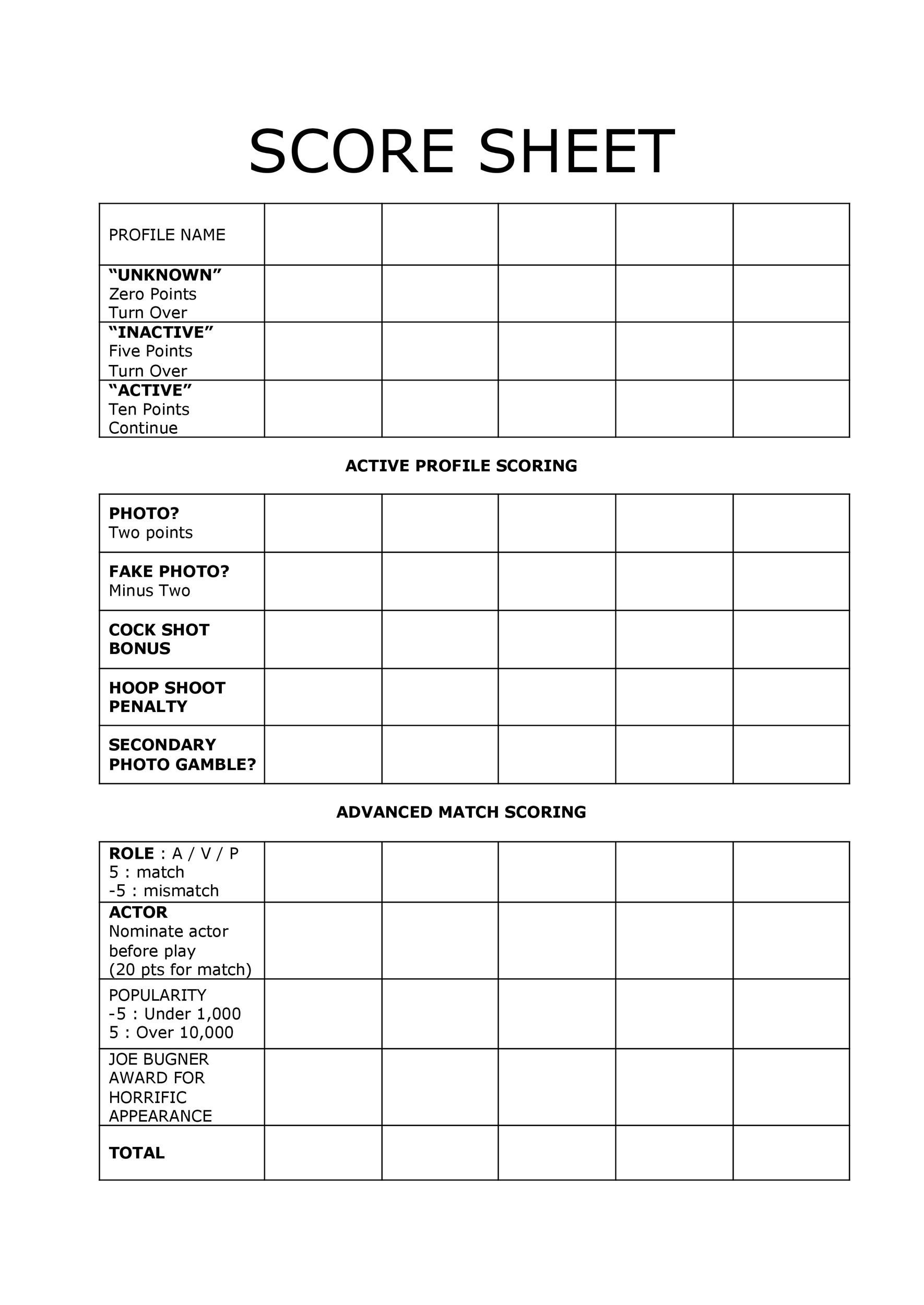


However, there are two conditions when drawing a card from the discard pile: Once a card is picked up, either from the stock or the discard pile, it is final and no other cards may be picked up. If going around the corner is not allowed, Q-K-A and 2-3-4 must be separate runs.Įach player in turn, beginning with the player to the left of the dealer, may draw either the top card of the stock or any card from the discard pile. Going "around the corner" means that Ace is allowed to be both high and low in the same run (e.g. Q ♠ K ♠ A ♠) or before a two as a low card (e.g. 7 ♠ 8 ♠ 9 ♠ 10 ♠).Īces can be played as either a high card or a low card, meaning that they may be played after a king as a high card (e.g. One variation of the game requires that laying down a run can only be done starting with four or more cards of the same suit (e.g. 8 ♠ 8 ♥ 8 ♣ or 8 ♦ 8 ♠ 8 ♥ 8 ♣) called a set or in sequences of three or more cards of the same suit (e.g. The object of the game is to score points as in regular rummy by laying down or laying off cards, initially in groups of matching cards known as melds, with a meld consisting of either: 3 or 4 cards of the same rank (e.g. The player that wins the round then becomes the dealer in the next round. In one variation, the discard pile is started by dealing one extra card face down to the player on the dealer's left, who can then choose any card from their hand to place face up besides the stock to start the discard pile.

After a round is complete, the next player to the left becomes the dealer. Players are permitted to move the cards in the discard pile to view the cards, but may not change the order of the discard pile. The discard pile should be slightly spread, so that players can readily see all the cards in it. As play continues any cards added to the discard pile are placed face up on top of any cards already in the discard pile. The top card of the stock is turned face up and placed besides the stock to start the discard pile. The remaining cards are placed in a single pile face down between the players, forming the stock. The number of cards dealt depends on the number of players. The dealer completes the cut and deals cards one at a time to each player face down, clockwise starting at the dealer's left. The dealer shuffles, and the player to the right cuts. The players draw for deal, low dealing first. When playing with 5 or more players, two decks of cards should be used with a total of 104-108 cards. Rules The cards and dealing ĥ00 rum is played using a standard French deck and can use 52 cards, or 53-54 cards including one or two jokers. The term Michigan rummy may also refer to an unrelated game, very similar to the Canadian Rummoli (both sharing traits with the much older Poch), involving a playing board, chips, and accumulated pots that are awarded to players who play certain cards. It may be played by 2 to 8 players, but it is best for 3 to 5.

The distinctive feature of 500 rum is that each player scores the value of the sets or cards they meld. The game of canasta and several other games are believed to have developed from this popular form of rummy. 500 rum, also called pinochle rummy, Michigan rummy, Persian rummy, rummy 500 or 500 rummy, is a popular variant of rummy.


 0 kommentar(er)
0 kommentar(er)
